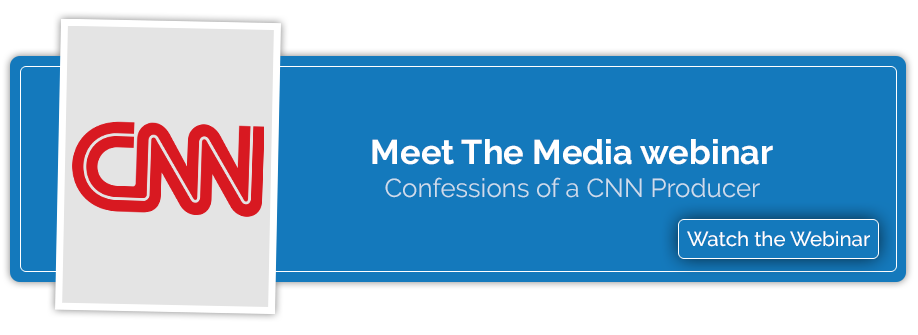Here are the key takeaways, tips, and trends from analyzing media pitches to improve your company’s outreach.
 An extensive analysis of over 14 million pitches sent to journalists over the past year reveals several noteworthy trends and best practices that PR professionals should know. By understanding when and how reporters prefer to be pitched, you can refine your own media outreach strategy for greater success.
An extensive analysis of over 14 million pitches sent to journalists over the past year reveals several noteworthy trends and best practices that PR professionals should know. By understanding when and how reporters prefer to be pitched, you can refine your own media outreach strategy for greater success.
Audio: Listen to this article.
When is the best time to pitch?
The data largely shows that there is no single day of the week that stands out as garnering higher open or response rates. The exceptions are weekends (especially Sundays) when engagement drops. This indicates you can pitch any day throughout the work week, but the key is crafting each email for relevance.
Holidays also see lower open rates industry-wide. However, the Sunday after Thanksgiving enjoyed an unusually high rate, suggesting journalists return from time off ready to get back to business.
How to Compose Your Pitch
-
Subject Lines
Catchy, clever subject lines do not guarantee higher open rates. Clear, direct, and relevant subject lines performed better. Tease a timely news hook when possible. Intriguing narratives and storytelling also work. Avoid gimmicks and keep calls to action straightforward.
-
Lists
Ultra-targeted pitches sent to just one or two reporters vastly outperformed bulk email blasts. On average, open rates decline 37% when sent to 100 people versus just one. Limit recipients to journalists closely matching your pitch.
-
Pitch Template Formulas
Successful PR teams repeatedly used certain pitch templates tailored to their niche, such as introducing an expert, highlighting a brand announcement, or teasing a human interest angle. Determine tried-and-true frameworks matching your industry vertical and client base.
Who gets pitched to the most?
By an overwhelming margin, journalists and outlets focused on product roundups received the highest pitch volume. This includes editors curating gift guides, shopping recommendations, and reviews eligible for affiliate commissions. Pitch volume otherwise did not correlate to any particular beat.
What It All Means for Pitching
The extensive pitch data reveals that quality trumps quantity. Do not rely on gimmicks or volume. Instead, research reporters covering your niche and craft a uniquely compelling case for why your news matters right now to their audience.
Test a variety of relevant subject line formats and pitch templates to determine what resonates best. Tightly focus your media lists around each new announcement. This personalized approach will earn placements over any spray-and-pray blast technique.
It’s important to know your audience and build relationships with the right media contacts to earn quality media coverage in the outlets that will benefit your company. Not sure where to start? Read Axia Public Relations’ e-book "Learn Media Relations from the Media” for more insider tips on best practices for pitching the media and earning media coverage.
Photo by Lukas
Topics: media relations, earned media, news media



Comment on This Article